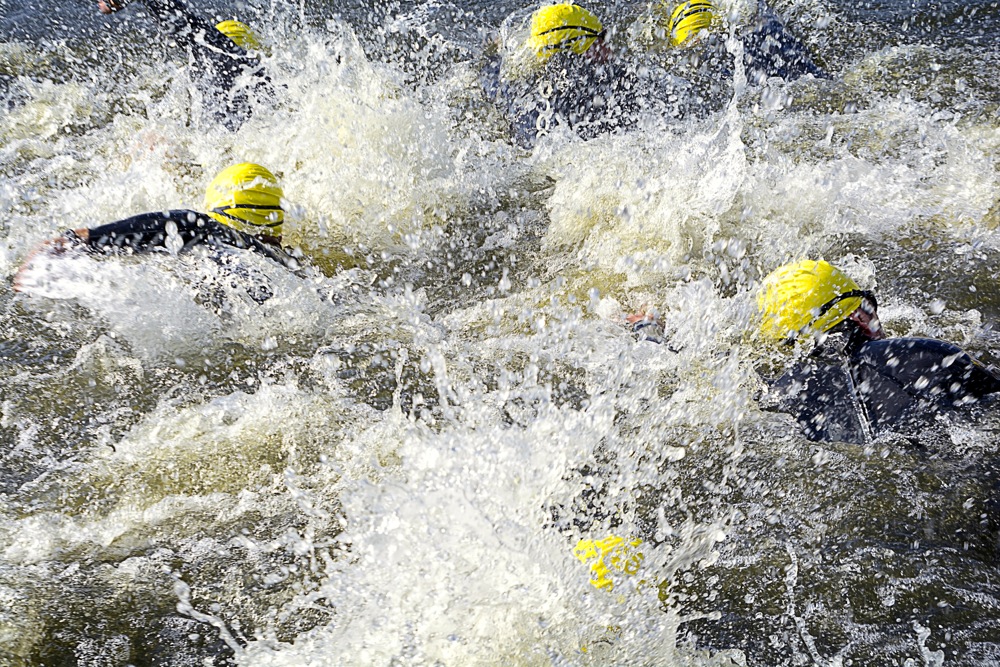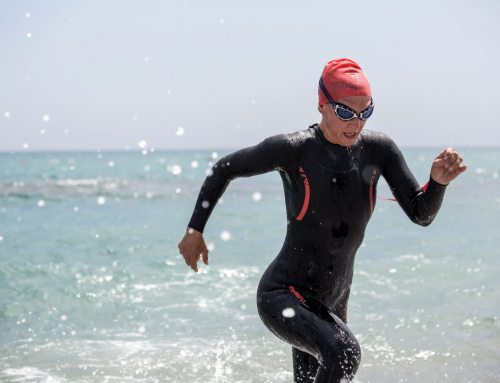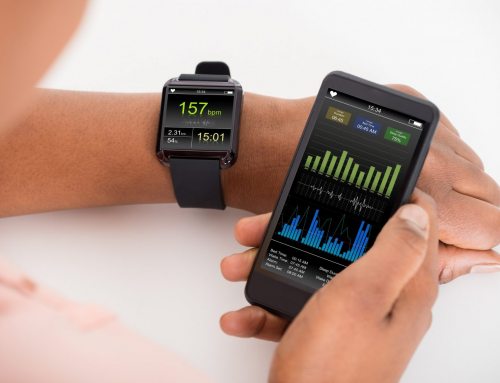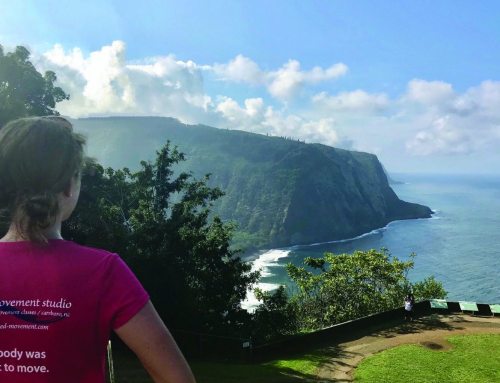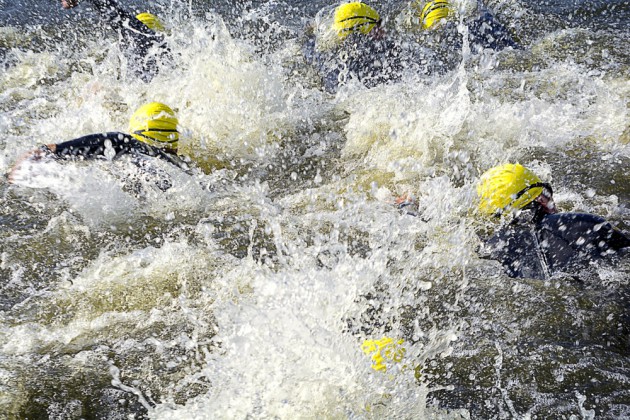
By Thomas Henson, Jr.
It used to be that only ultra-elite athletes would even consider participating in a triathlon. Now, the sport is mainstream. According to USA Triathlon, total membership (which includes one-day participants) in 2013 was more than 550,000—four times higher than 1999 membership. In fact, today nearly as many people in the United States participate in triathlons as run in marathons.
Of course, having more participants means more injuries, including fatalities. In the past 11 years, 65 deaths have occurred during a triathlon. Most fatalities—72 percent—occur during the swim portion of the events. Think you know why? Here are some clues: The deaths were unrelated to an athlete’s swim history, fitness level, swim distance, type of swim start, or whether the athlete wore a wetsuit. Rather, it appears that the athletes experienced sudden cardiac death, brought on by a quirk of the human body.
More than One Reason to Drown
Although the exact cause of death couldn’t be proved with certainty for each victim, most medical experts believe that the best explanation is a fatal heart arrhythmia known as sudden cardiac death.
Imagine this: You’re getting ready to start a triathlon, facing the first event, swimming. You’re nervous or excited (or both) as you wait for the start signal. Then, you’re off, rushing into the water with dozens of other participants. The lake is cold, but you ignore the chill and dive in to begin the swim.
Right there, it’s game over for some athletes. Some die immediately; others can swim a great distance before their heart seizes.
Sudden cardiac death is the result of conflicting body signals. On one hand, the body’s fight-or-flight reaction to stress causes our heart rate to speed up in response to certain triggers, such as nervousness or excitement, physical exertion, or cold water. On the other hand, our body’s natural response to face-wetting (such as diving into the lake), water entering the mouth or nose, or extended breath-holding is to slow the heart rate.
In our daily lives, we don’t usually face this physical conflict of the body simultaneously receiving signals to both speed up and slow down the heart rate. But when that happens, the heart can flip into abnormal rhythms, and people can die. It doesn’t matter how many triathlons you’ve done in the past, or how fit you are. It’s pure biology. If you put your heart in conflict, you could be at risk—especially if you have an underlying, undiagnosed cardiac condition.
Granted, sudden cardiac death isn’t the sole reason people die during the swim portion, but it is the reason why even young, fit, experienced triathletes drown, even with lots of help surrounding them.
Cycling and Running Risks
The percentage of deaths due to cycling or running in triathlons remains about equally divided between the two sports, and they, too, are mainly due to heart attacks. Sometimes, however, cyclists are killed or injured when they forget that they are sharing a road with motor vehicles and pull in front of a car or truck.
Fighting Sudden Death
If you’re a triathlete, experts recommend some steps to take to lower your risk of sudden cardiac death:
Start healthy. If you haven’t been to the doctor recently, or if you experience potential signs of a heart condition, schedule a physical exam. Warning signs include chest pains (even if they seem mild), fainting, shortness of breath, dizziness, unusual fatigue, or light-headedness. While you’re there, discuss whether you might benefit from additional heart testing—such as an electrocardiogram (EKG), echocardiogram, or a stress test—that might help catch a hidden or asymptomatic condition. If you know you have a heart problem or other serious medical condition, make sure it is under control before you go all out.
Start fit. Don’t register for a triathlon just because your friends are doing it, or because you feel obligated to check it off your personal bucket list. Despite the sport’s recent popularity, it is still a significant physical challenge. If you’re not as well-prepared as you would like, make a plan to improve your fitness and sign up next year instead.
Bring your gear. All that safety equipment you have when you are practicing? Wear it while competing, too. Many folks abandon equipment to save weight, but it’s not a good idea to sacrifice safety for a few tenths of a second. The extra time saved is not worth risking your health.
Be aware of your body. If you experience any of the signs of heart problems during the event, no matter how minor, stop and ask for help. Immediately. Leave your ego and dreams of a medal at home. Life beats a trophy every time.
# # #
Thomas Henson Jr. is an avid cyclist, and finds much happiness in bike rides with his family and friends. He leads the complex injury litigation department of HensonFuerst Attorneys. He can be contacted at ThomasHenson@lawmed.com.


